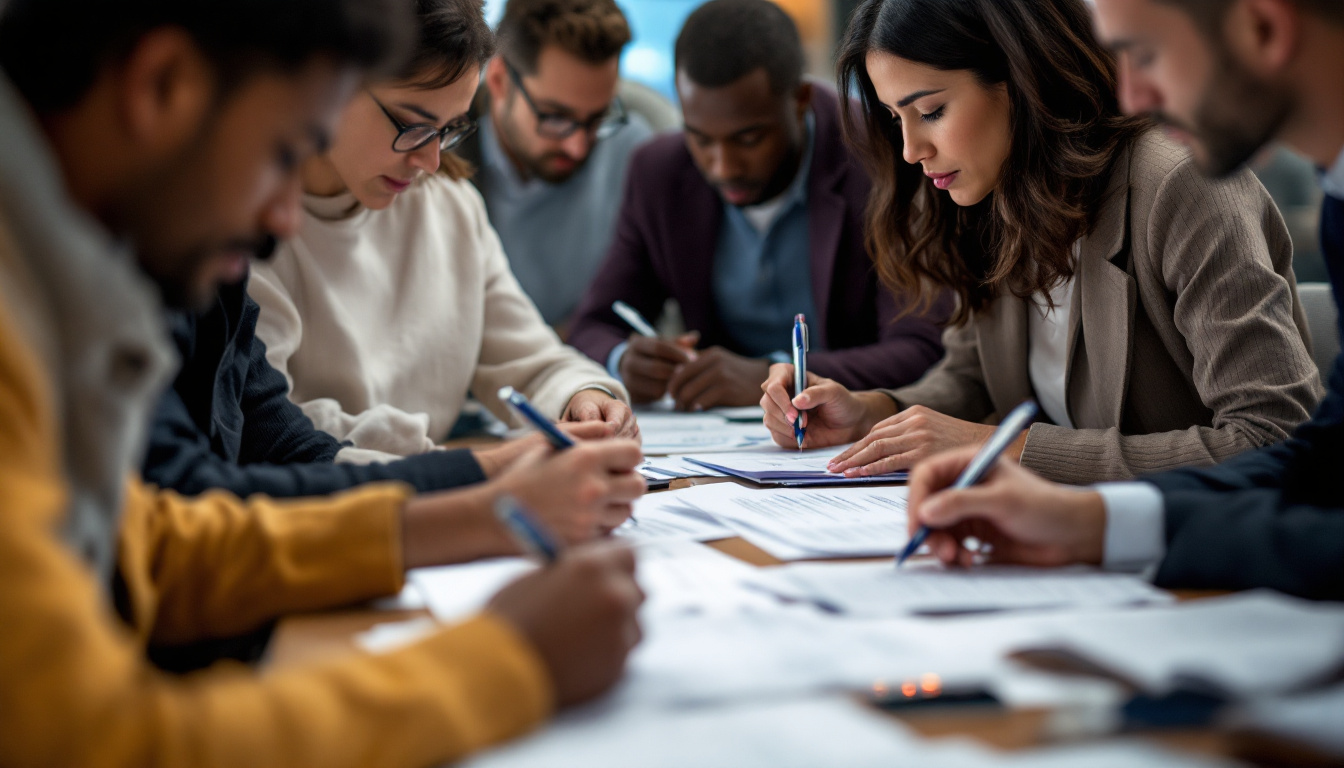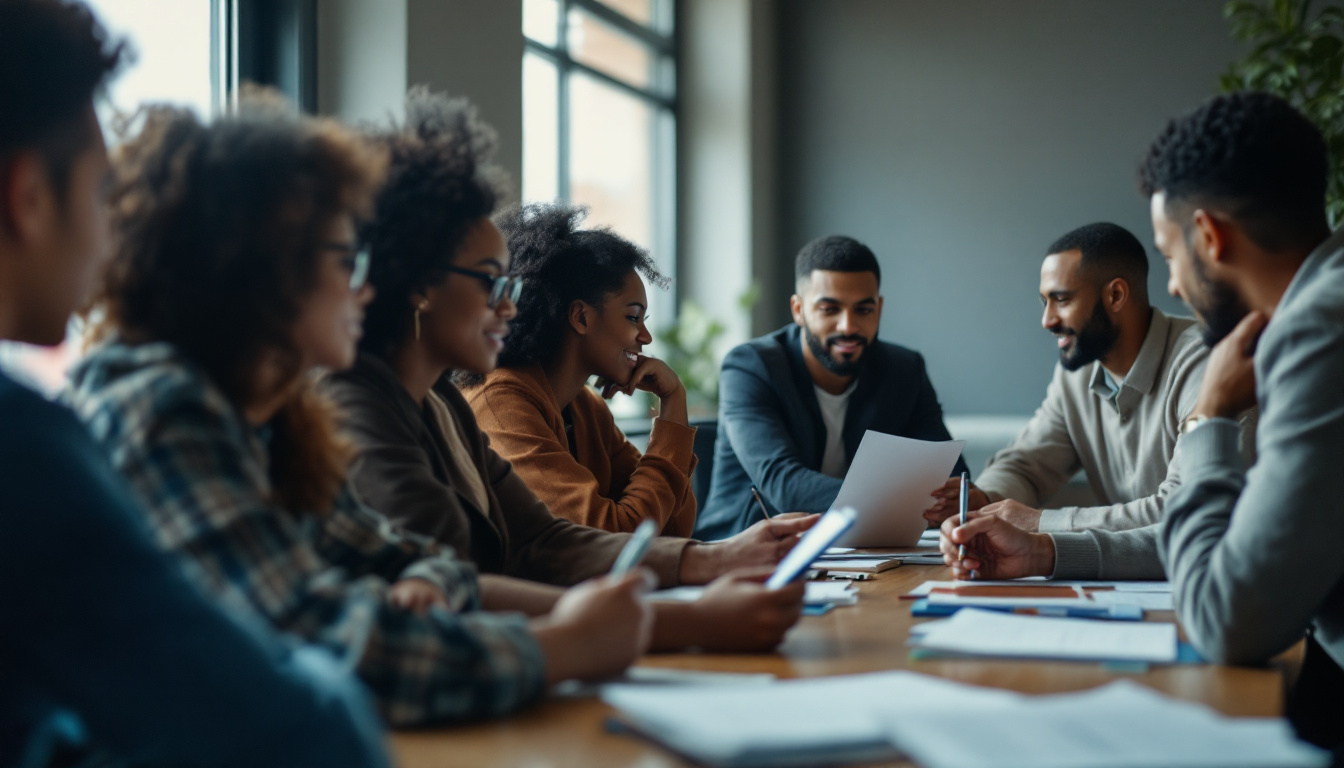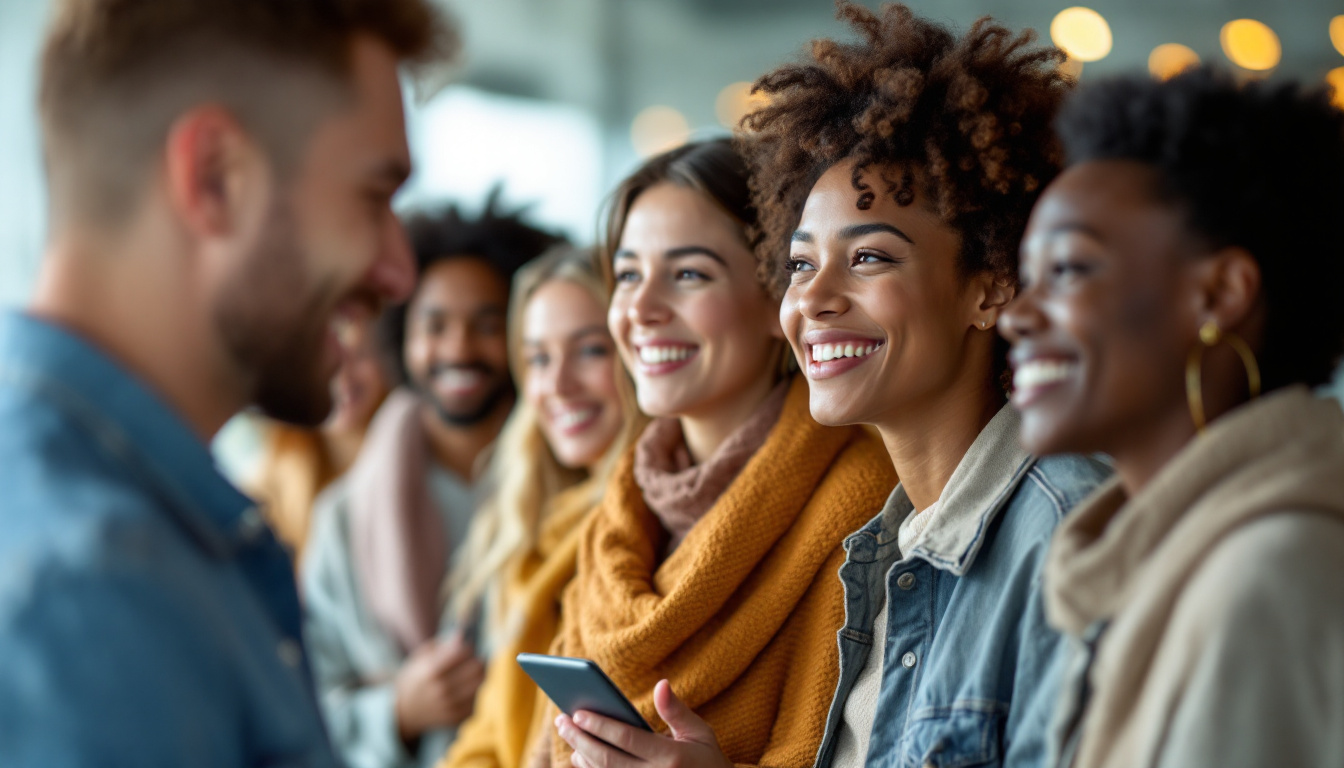Understanding B-1 and B-2 Visas: A Comprehensive Guide
Traveling to the United States can be an exciting opportunity, whether for business or leisure. However, understanding the nuances of the visa application process is crucial for a smooth experience. Among the most common non-immigrant visas are the B-1 and B-2 visas, which cater to business and tourism purposes respectively. This comprehensive guide aims to clarify the differences, requirements, and processes associated with these two visa types.
What Are B-1 and B-2 Visas?
The B-1 and B-2 visas are non-immigrant visas that allow foreign nationals to enter the United States temporarily. The B-1 visa is specifically designed for individuals traveling for business purposes, while the B-2 visa is intended for tourists and those seeking medical treatment.
B-1 Visa: Business Visitors
The B-1 visa permits foreign nationals to engage in various business activities while in the U.S. This includes attending meetings, conferences, negotiating contracts, and participating in training sessions. However, it does not allow for employment or receiving payment from a U.S. source.
Applicants must demonstrate that their visit is strictly for business-related activities. This often involves providing documentation such as letters from employers, conference invitations, and proof of ties to their home country, ensuring they will return after their visit.
In addition to the required documentation, applicants may also need to provide evidence of their professional qualifications and the significance of their business activities in the U.S. This could include resumes, business cards, and any relevant certifications. Understanding the nuances of the B-1 visa application process can significantly enhance the chances of approval, as U.S. consular officers look for clear intent and purpose in each application.
B-2 Visa: Tourist Visitors
The B-2 visa is designed for individuals wishing to travel to the United States for tourism, recreation, or medical treatment. This visa allows travelers to explore the country, visit family and friends, or seek medical care. Similar to the B-1 visa, holders of the B-2 visa cannot engage in employment or receive compensation from U.S. entities.
Applicants for a B-2 visa must provide evidence of their travel plans, including itineraries, hotel bookings, and proof of financial means to support themselves during their stay. This documentation helps establish the purpose of their visit and their intent to return home.
Moreover, the B-2 visa can also be utilized for individuals who wish to receive medical treatment in the U.S. Applicants in this category must present detailed medical documentation from a U.S. healthcare provider, outlining the nature of the treatment and the estimated duration of stay. It is crucial for these applicants to demonstrate that they have the financial resources to cover their medical expenses and living costs while in the country, as well as a clear plan for returning to their home country after treatment. This additional layer of scrutiny ensures that the visa system is not misused for long-term stays or unauthorized employment.
Eligibility Requirements for B-1 and B-2 Visas
To qualify for either the B-1 or B-2 visa, applicants must meet specific eligibility criteria set by the U.S. Department of State. Understanding these requirements is essential for a successful application.
General Eligibility Criteria
Both B-1 and B-2 visa applicants must demonstrate that they intend to return to their home country after their visit to the United States. This is often assessed through the following factors:
- Strong ties to the home country, such as family, employment, or property.
- Financial stability to cover travel expenses during the stay.
- A clear purpose for the visit that aligns with the visa type.
Additionally, applicants may be asked to provide evidence of their travel history, including previous trips to the U.S. or other countries, which can further establish their intent to return home. Consular officers often look for consistency in travel patterns and adherence to visa regulations in past visits, as this can significantly influence their decision-making process.
Specific Requirements for B-1 Visa Applicants
In addition to the general criteria, B-1 visa applicants must provide documentation that outlines their business activities in the U.S. This may include:
- Letters from employers detailing the purpose of the trip.
- Invitations to conferences or meetings.
- Proof of business ownership or partnership.
Moreover, it is beneficial for B-1 applicants to prepare a comprehensive agenda of their planned business activities while in the U.S. This could include meetings with potential clients, site visits, or negotiations. Such detailed planning not only demonstrates the seriousness of their business intentions but also helps the consular officer understand the necessity of their visit, thereby increasing the chances of approval.
Specific Requirements for B-2 Visa Applicants
Similarly, B-2 visa applicants should present documentation that supports their tourism or medical treatment intentions. This can include:
- Travel itineraries and hotel reservations.
- Medical records if seeking treatment.
- Proof of financial means, such as bank statements or sponsorship letters.
In addition to these documents, B-2 applicants may also benefit from providing letters of invitation from friends or relatives residing in the U.S., which can help establish the purpose of their visit and the nature of their stay. If the trip is for medical treatment, a detailed letter from a U.S. physician outlining the proposed treatment plan and estimated costs can further substantiate the applicant's claims, ensuring that the consular officer is fully informed of their intentions and needs during their stay.
The Application Process for B-1 and B-2 Visas
The application process for both B-1 and B-2 visas involves several steps, from filling out forms to attending an interview. Understanding each step can help streamline the process and increase the chances of approval.

Step 1: Complete the DS-160 Form
All applicants must complete the DS-160 form, the Online Nonimmigrant Visa Application. This form requires personal information, travel details, and the purpose of the visit. It is crucial to answer all questions accurately and thoroughly, as any discrepancies can lead to delays or denials.
Step 2: Pay the Visa Application Fee
After submitting the DS-160 form, applicants must pay a non-refundable visa application fee. The fee amount may vary depending on the applicant's nationality and the visa type. Payment can typically be made online or at designated banks and payment centers.
Step 3: Schedule a Visa Interview
Once the fee is paid, applicants can schedule a visa interview at the nearest U.S. embassy or consulate. It is advisable to book the interview well in advance, as wait times can vary significantly depending on the location and time of year.
Preparing for the Visa Interview
The visa interview is a critical component of the application process. It is the opportunity for consular officers to assess the applicant’s eligibility and intentions. Preparation can significantly impact the outcome.

Gather Necessary Documentation
Applicants should compile all necessary documents to support their visa application. This includes:
- Passport valid for at least six months beyond the intended stay.
- Confirmation page of the DS-160 form.
- Visa application fee receipt.
- Supporting documents relevant to the visa type (business letters for B-1, travel itineraries for B-2).
Practice Common Interview Questions
During the interview, applicants may be asked various questions regarding their travel plans, financial stability, and ties to their home country. Common questions include:
- What is the purpose of your visit to the United States?
- How long do you plan to stay?
- Do you have any family or friends in the U.S.?
Practicing answers to these questions can help applicants feel more confident during the interview.
Dress Appropriately and Arrive Early
First impressions matter, especially during a visa interview. Dressing professionally can convey seriousness and respect for the process. Additionally, arriving early allows applicants to manage any unforeseen delays and reduces stress.
After the Visa Interview: What to Expect
Following the visa interview, applicants will be informed whether their visa has been approved or denied. Understanding the potential outcomes can help manage expectations.
Visa Approval
If the visa is approved, applicants will receive their passport with the visa stamped inside. It is essential to check the visa details for accuracy, including the validity dates and any restrictions. If everything is correct, the applicant can proceed with travel plans.
Visa Denial
In the event of a visa denial, applicants will receive a written explanation outlining the reasons for the decision. Common reasons for denial include insufficient ties to the home country, lack of financial means, or failure to provide adequate documentation. Understanding these reasons can help applicants address any issues if they choose to reapply.
Reapplication Process
If denied, applicants can reapply for a B-1 or B-2 visa. However, it is crucial to address the reasons for the initial denial in the new application. This may involve gathering additional documentation or demonstrating stronger ties to the home country.
Duration of Stay and Extensions
Once granted, B-1 and B-2 visas allow travelers to stay in the United States for a limited period. Understanding the duration of stay and the process for extensions is vital for compliance with U.S. immigration laws.
Initial Duration of Stay
The initial duration of stay for B-1 and B-2 visa holders is typically up to six months. However, the exact length is determined by the Customs and Border Protection (CBP) officer at the port of entry. It is essential for travelers to adhere to this timeframe to avoid overstaying their visa.
Applying for an Extension
If additional time is needed, B-1 and B-2 visa holders can apply for an extension of stay. This process involves filing Form I-539, Application to Extend/Change Nonimmigrant Status, before the current authorized stay expires. Supporting documentation, including reasons for the extension and proof of financial means, must be included.
Consequences of Overstaying
Overstaying a B-1 or B-2 visa can lead to severe consequences, including future visa denials, bans from re-entering the U.S., and difficulties in obtaining visas for other countries. It is crucial to be aware of the visa expiration date and plan accordingly.
Conclusion
Understanding the B-1 and B-2 visa processes is essential for those wishing to travel to the United States for business or tourism. By familiarizing oneself with the eligibility requirements, application process, and post-approval steps, applicants can enhance their chances of a successful visa experience. Whether attending a crucial business meeting or exploring the vibrant culture of the U.S., being well-prepared is the key to a rewarding journey.

Your Journey Made Simple with Sentry Innovations LLC
Don't let the complexities of immigration stand in your way. At Sentry Innovations, we specialize in turning challenges into opportunities. Our dedicated experts offer personalized consulting services designed to streamline the process, giving you confidence every step of the way.
Your dreams are within reach—let us help you make them a reality. Discover how our immigration consulting services can work for you. Contact us today!

